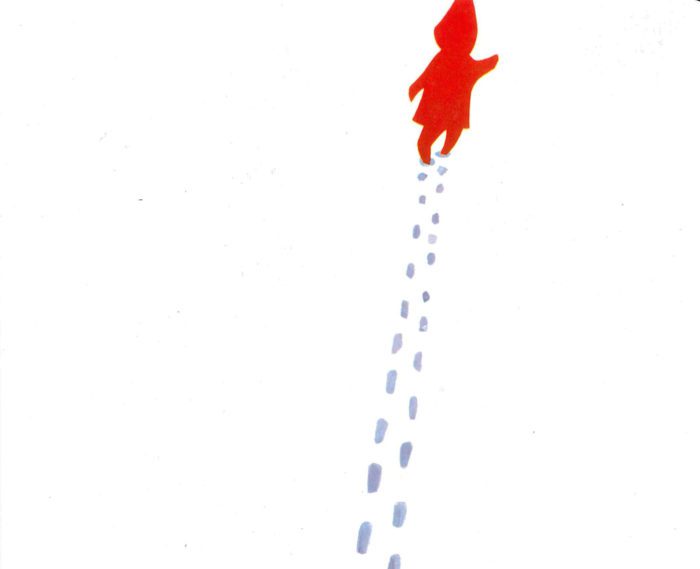
The other day I was reading The Snowy Day again, going “plop” with the snow on the kids’ heads and dragging their feet through imaginary snow from the vantage of my lap. It was a favorite of Hudson’s when he was a baby—one of the first that garnered a strong reaction—and seemed so fitting for our days in New York. Its simple illustrations of a little boy on a snowy day in the city are remarkable—in particular because their central subject is a little black boy, in a non “black book.”
There was an article recently (I wish I could find it), that talked about the need for more children’s books that feature people of color without making color the plot’s issue. In other words, while we need books about slavery, bias, and the leaders who worked hard to enact change during the civil rights movement and beyond, we also need Corduroy and The Snowy Day.
In “The Apartheid of Children’s Literature,” which appeared in the New York Times in 2014, Christopher Myers writes, reacting in part to the news that of 3,200 children’s books published in 2013, just 93 were about black people: “This apartheid of literature—in which characters of color are limited to the townships of occasional historical books that concern themselves with the legacies of civil rights and slavery but are never given a pass card to traverse the lands of adventure, curiosity, imagination or personal growth—has two effects. One is a gap in the much-written-about sense of self-love that comes from recognizing oneself in a text, from the understanding that your life and lives of people like you are worthy of being told, thought about, discussed and even celebrated.” But, he adds, these children “are also deciding where they want to go. They create, through the stories they’re given, an atlas of their world, of their relationships to others, of their possible destinations.”
And I would posit a third effect: if the lack of representation imposes boundaries upon their imaginations, it likely imposes those same boundaries on those of others. In other words, we all need books with diverse characters all the time so that we can all see the possibility in all of our lives.
Myers concludes that it’s the Market that is to blame, but you know who that is. “The work lies in the imagination of everyone … along the way, the publishers, librarians, teachers, parents, and all of us, to put that book in her hands.” So I’d like to do my part and put more books and media with people of color in our hands.
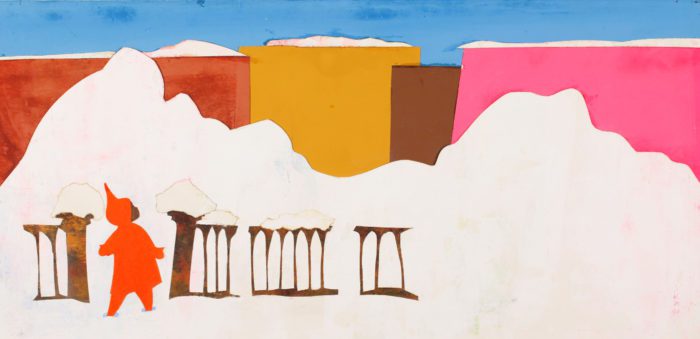
And yet. With perhaps as few as 93 books a year, which children’s books to choose? Which depict a person of color as the everyman (or the everywoman)? As the hero?
To put it more bluntly, Where are they?! I know I’m not the first to say this, but it’s crazy how difficult it is to even think of shows equivalent to Cailou or Wild Kratts, superheroes as well-suited to the younger set as the Incredibles or Superman, or heroines as identifiable as Anna and Elsa, or Ramona and Beasley. Where is the Planet Kindergarten that follows a black boy to school?
Here are some that have been recently recommended to me for the preschool and kindergarten set.
Everywhere Babies. “Every day, everywhere, babies are born. They’re kissed and dressed and rocked and fed–and completely adored by the families who love them.”
Last Stop of Market Street. Grandmother and grandson ride a bus through the city together on a Sunday morning.
Monster Trouble. Where kisses are the magic needed to keep monsters at bay.
The Airport Book. Weaves “a Knuffle Bunny-esque narrative into an expository introduction to air travel.”
One Day in the Eucalyptus, Eucalyptus Tree. “A sneaky snake has no idea that the captives in his belly are planning their escape!”
And of course, The Snowy Day and Corduroy.
Do you have any favorites? Book or other media? I’d love to find more of both.
[All images from The Snowy Day written and illustrated by Ezra Jack Keats, ©1926. Published by the Penguin Group.]

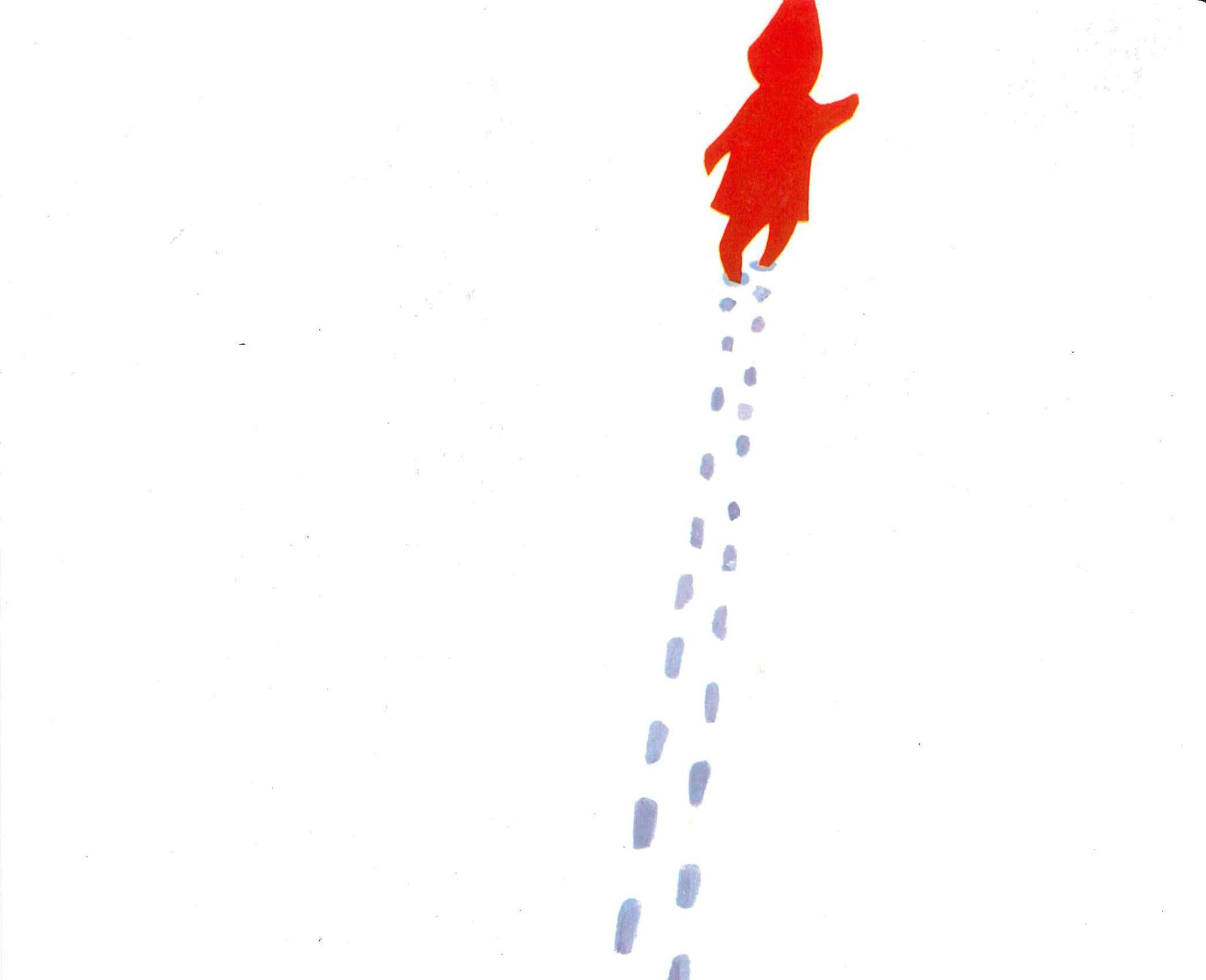


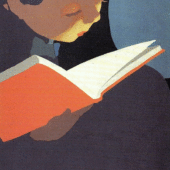













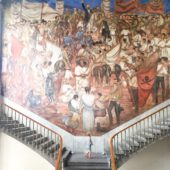


















30 Comments